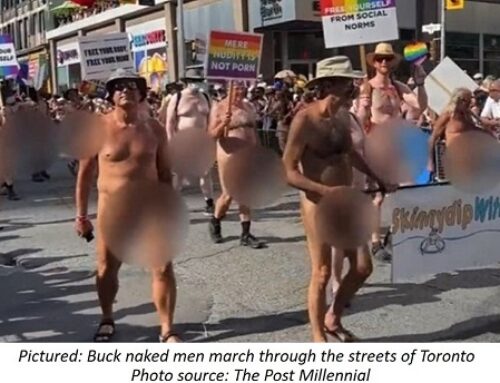Since 1982, judges have ruled in dozens of cases where a government, or a governmental authority, has violated the Canadian Charter of Rights and Freedoms (“Charter”). Section 2 of the Charter sets out the fundamental freedoms of association, peaceful assembly, conscience and religion, thought, belief, opinion and expression, including freedom of the press and other media of communication. However, section 1 of the Charter empowers judges to uphold government violations of these fundamental freedoms if the government can persuade the judges that the violation is a “reasonable limit” that can be “demonstrably justified” in a “free and democratic society.” Thanks to Section 1, the government wins about 60 per cent of Charter cases. When Supreme Court rulings are unanimous, they do not reveal differences in the attitudes of judges, or the degree to which they like, respect, and trust government. When all nine judges unanimously accept (or reject) the claims of a Charter litigant, it’s safe to assume that the judges simply relied on legal texts and precedents, regardless of their personal beliefs, values and assumptions.
However, the Court’s split decisions show that some judges tend to favour the individuals whose Charter freedoms have been infringed, while other judges justify government encroachment on citizens’ rights.
Academics have written about “attitudinal” decision-making to explain judges’ rulings. For every case that the Supreme Court hears, all nine judges are presented with the same facts, arguments and precedents. Apart from the personal beliefs, values, and philosophical assumptions of individual judges, what accounts for the tendency to rule for the Charter claimant, or for the government?
The judges’ different attitudes towards religious freedom were on full display in 2018 in the Court’s rejection of the Charter freedoms of Trinity Western University, an evangelical Christian university in B.C. The law societies of B.C. and Ontario objected to TWU’s code of conduct, which prohibited behaviour considered immoral, such as drunkenness, dishonesty and “sexual intimacy that violates the sacredness of marriage between a man and a woman.”
The law societies of Ontario and B.C. refused accreditation to TWU’s proposed law school, all while recognizing that TWU’s law program was academically sound. So TWU law graduates were effectively barred from becoming lawyers in B.C. and Ontario, based on their voluntary decision to join a Christian community and abide by that community’s rules.
The Court’s majority found that the law societies’ decisions infringed the freedom of religion of TWU and its future law graduates, but it upheld as “reasonable” the law societies’ pursuit of undefined political slogans like “diversity” and “equity.”
Dissenting Justices Russell Brown and Suzanne Côté found that the infringement on freedom of religion was “profound,” that the public interest is not harmed by accommodating differences in beliefs, and that the majority’s decision was more concerned with public perception than with protecting rights-holders against forced conformity with the values of the majority of Canadian society.
The Court split differently in Groia v. Law Society of Upper Canada, a case involving freedom of expression. The Law Society had disciplined Joseph Groia for professional misconduct in the courtroom, based on the Law Society’s assessment that he had been too “uncivil” during a trial. Justices Brown and Côté upheld the lawyer’s expressive rights in the courtroom, joined by some of the same judges who had ruled against the religious freedom of TWU.
The Justice Centre’s 2019 Judicial Freedom Index shows that today’s Supreme Court Justices can be seen as a composition of three groups with distinct judicial philosophies or ideologies. In split decisions, Justices Brown and Côté have (thus far) always ruled in favour of the individual’s freedoms. On the opposite extreme, Justices Gascon, Karakatsanis and Rowe in split decisions have (thus far) always upheld the government’s violations of Charter freedoms. Justices Abella, Moldaver and Wagner form a third group, ruling in favour of freedom of expression but against freedom of religion and conscience. It is not yet clear to which group (if any) the Court’s newest appointment, Shelah Martin, will belong.
The central purpose of the Charter is to protect unpopular individuals and minorities from the tyranny of the majority, even—or especially—when the majority has the best of intentions. When interpreted by judges who cherish a free society, the Charter can protect people who express opinions that the majority finds wrong, false or extreme, and protects those whose religious beliefs are out of favour with secular elites.
Understanding the attitudes of individual judges is important because Canada’s Supreme Court rules on a wide range of issues including gay rights, Aboriginal treaty rights and territorial claims, abortion, health care, and minority language rights, just to name a few.
Lawyer John Carpay is president of the Justice Centre for Constitutional Freedoms (JCCF.ca).





